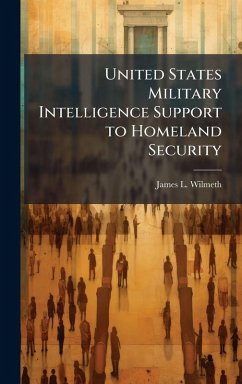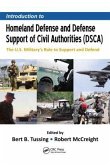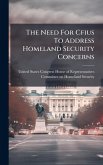The terrorist attacks of September 11, 2001 identified a need for a better domestic intelligence capability. In order to prevent another attack on the homeland, one must first identify any failures in the current doctrine, theory, and practice regarding intelligence support to homeland security. This involves not only military intelligence, but also the various domestic and international intelligence organizations that maintain some degree of jurisdiction over intelligence collection, analysis, and dissemination. This monograph outlines how the new operational environment, current laws, regulations, and policies effecting domestic intelligence collection, and advocates establishing state level intelligence centers that rely heavily on the Reserve Component and which would enable better intelligence sharing between the law enforcement and intelligence communities at the local level. This work has been selected by scholars as being culturally important, and is part of the knowledge base of civilization as we know it. This work was reproduced from the original artifact, and remains as true to the original work as possible. Therefore, you will see the original copyright references, library stamps (as most of these works have been housed in our most important libraries around the world), and other notations in the work. This work is in the public domain in the United States of America, and possibly other nations. Within the United States, you may freely copy and distribute this work, as no entity (individual or corporate) has a copyright on the body of the work. As a reproduction of a historical artifact, this work may contain missing or blurred pages, poor pictures, errant marks, etc. Scholars believe, and we concur, that this work is important enough to be preserved, reproduced, and made generally available to the public. We appreciate your support of the preservation process, and thank you for being an important part of keeping this knowledge alive and relevant.
Bitte wählen Sie Ihr Anliegen aus.
Rechnungen
Retourenschein anfordern
Bestellstatus
Storno








